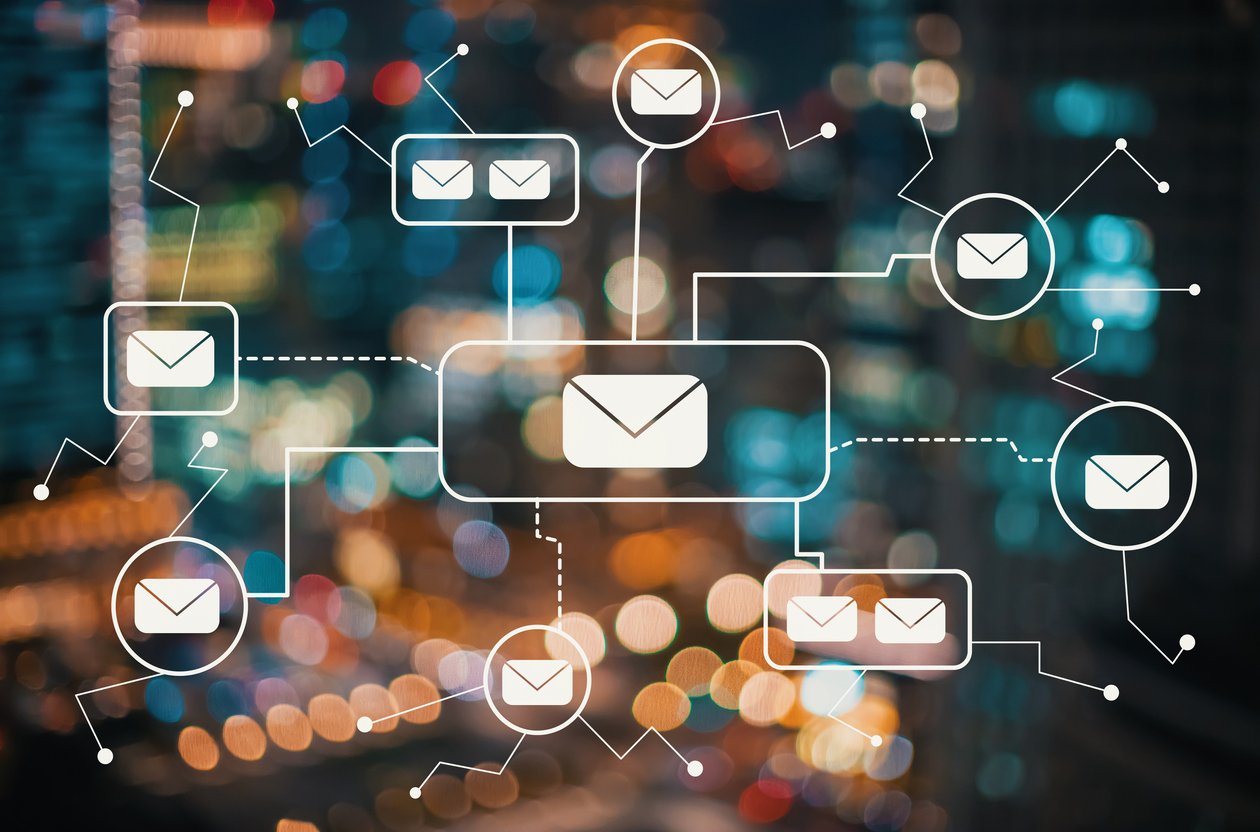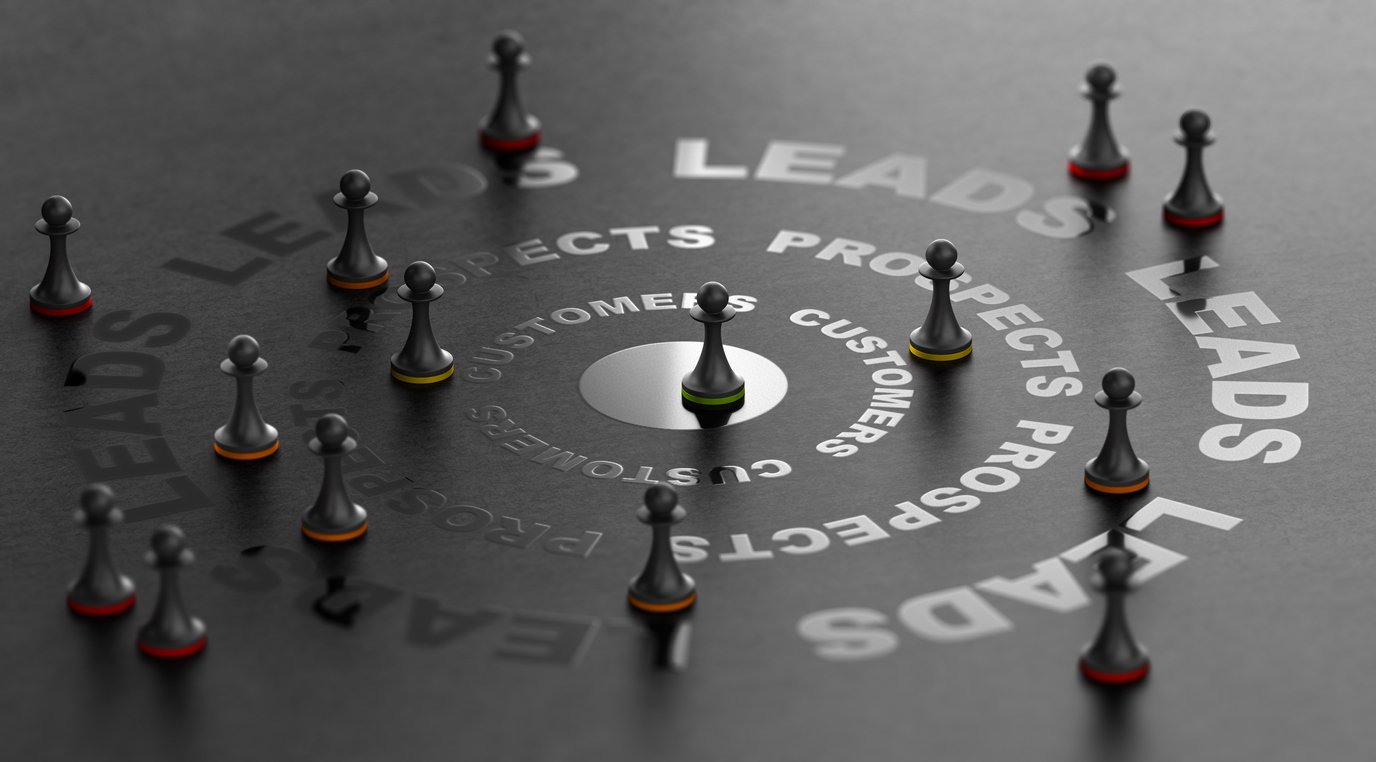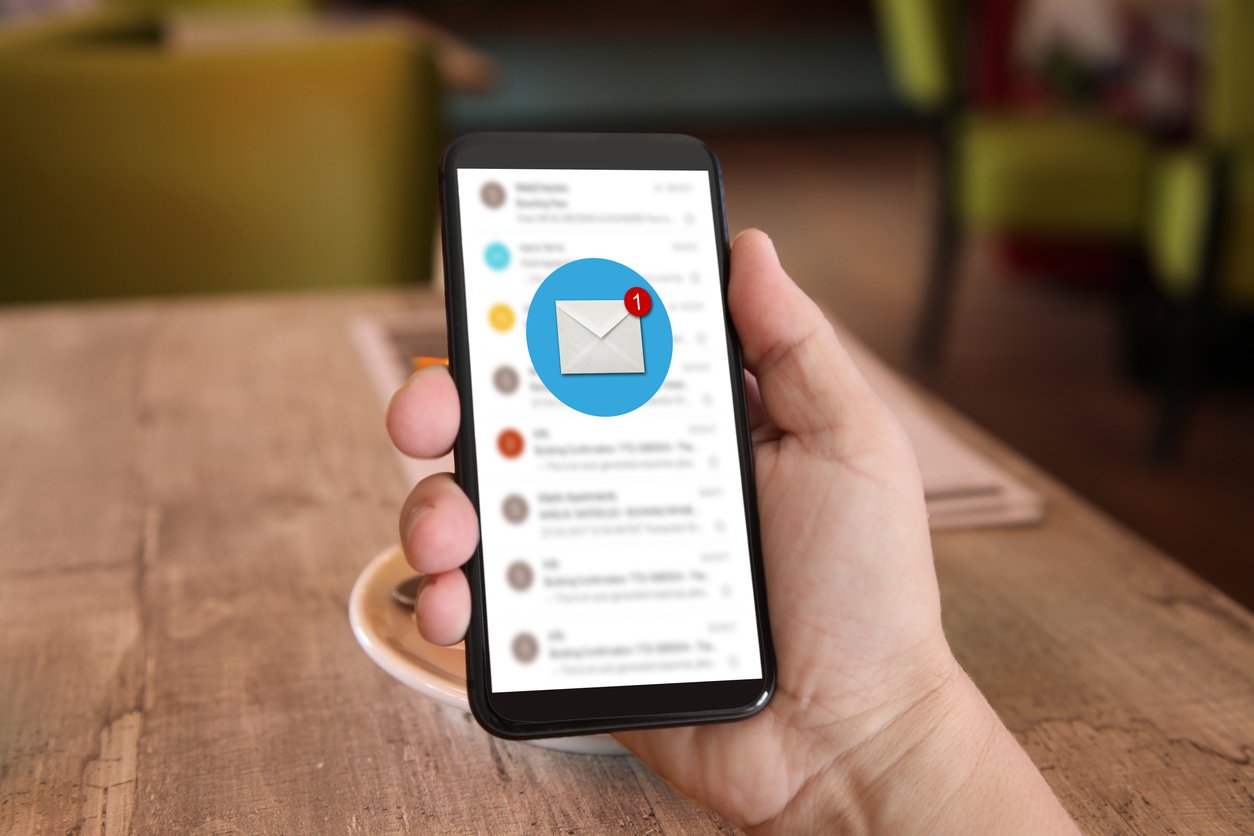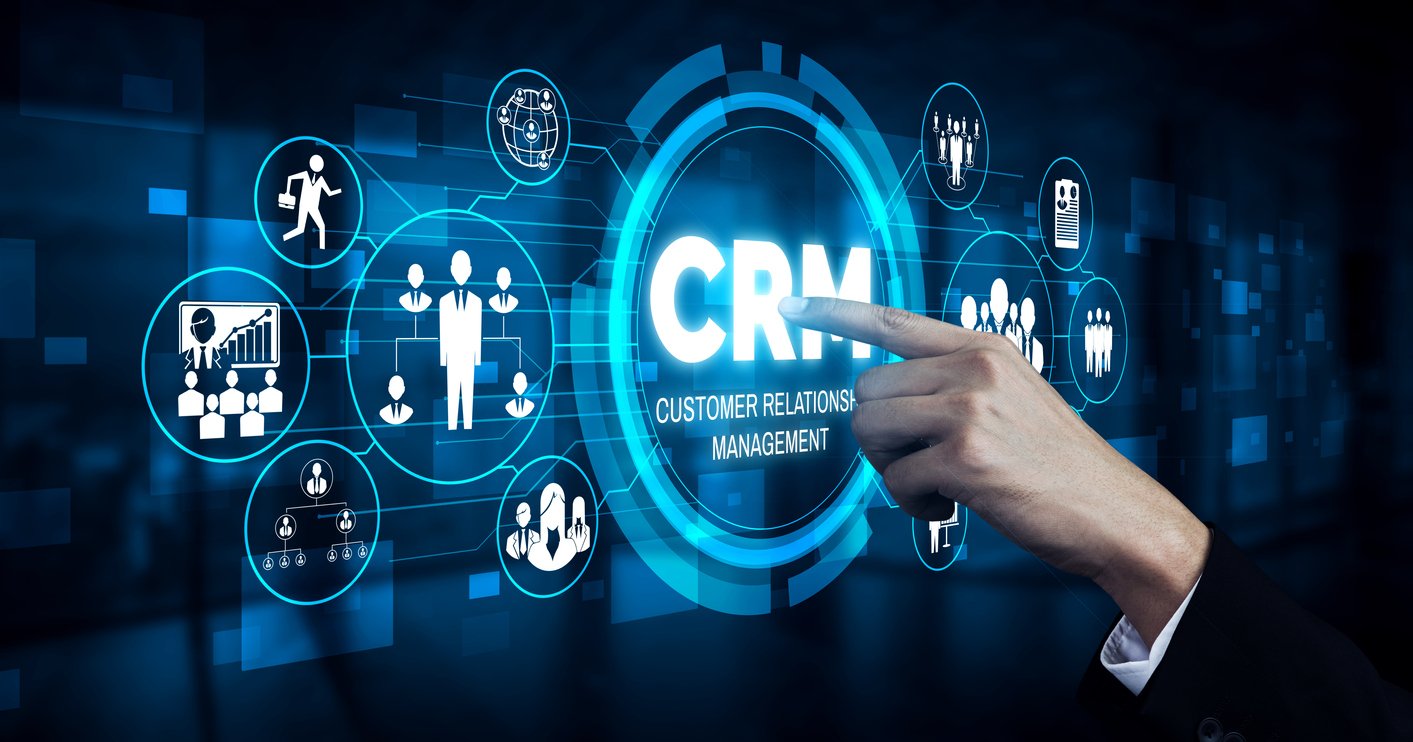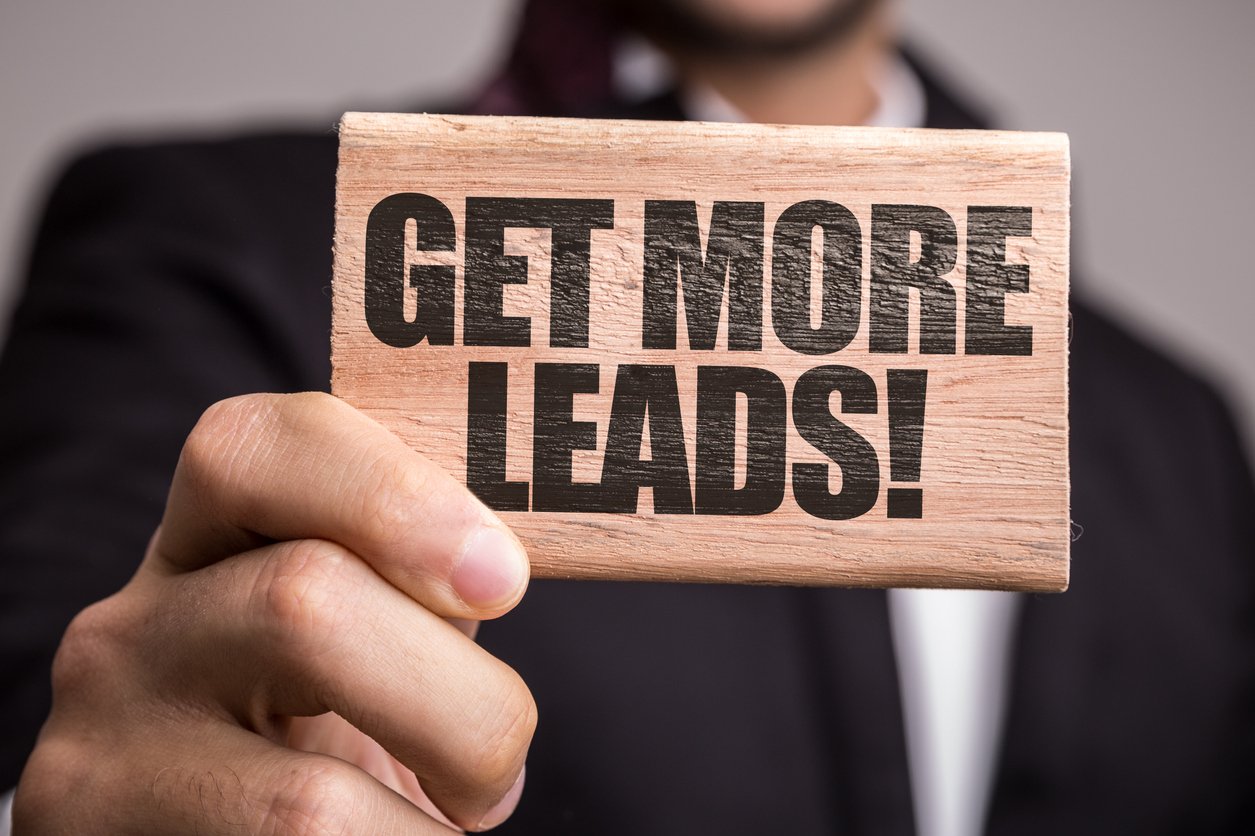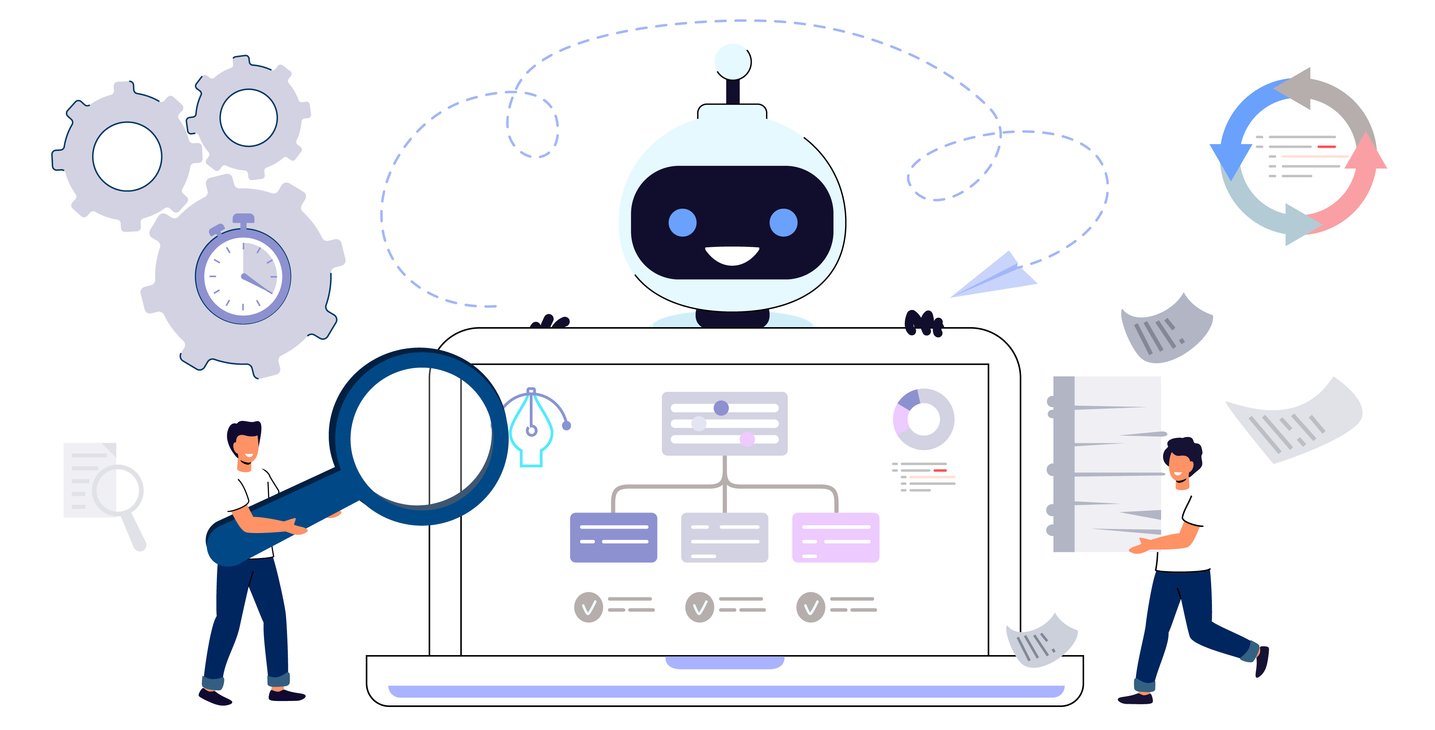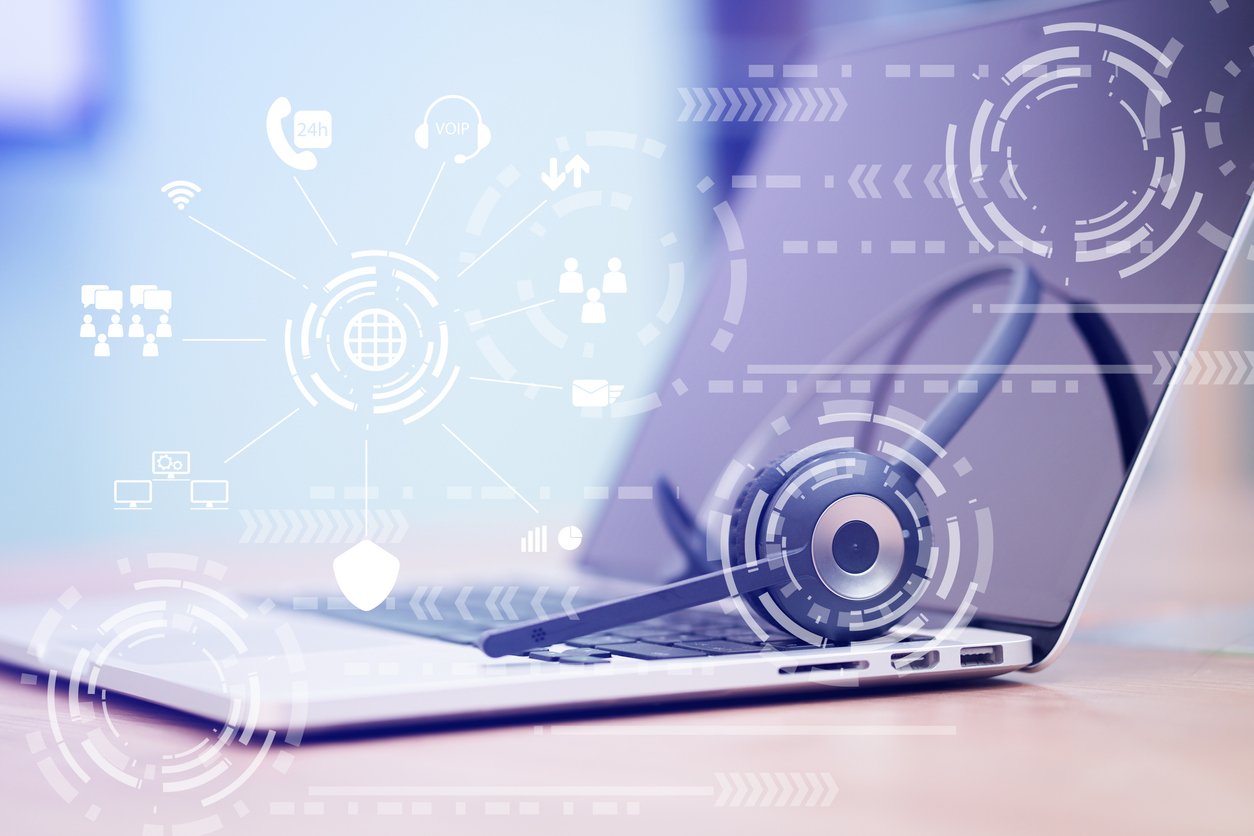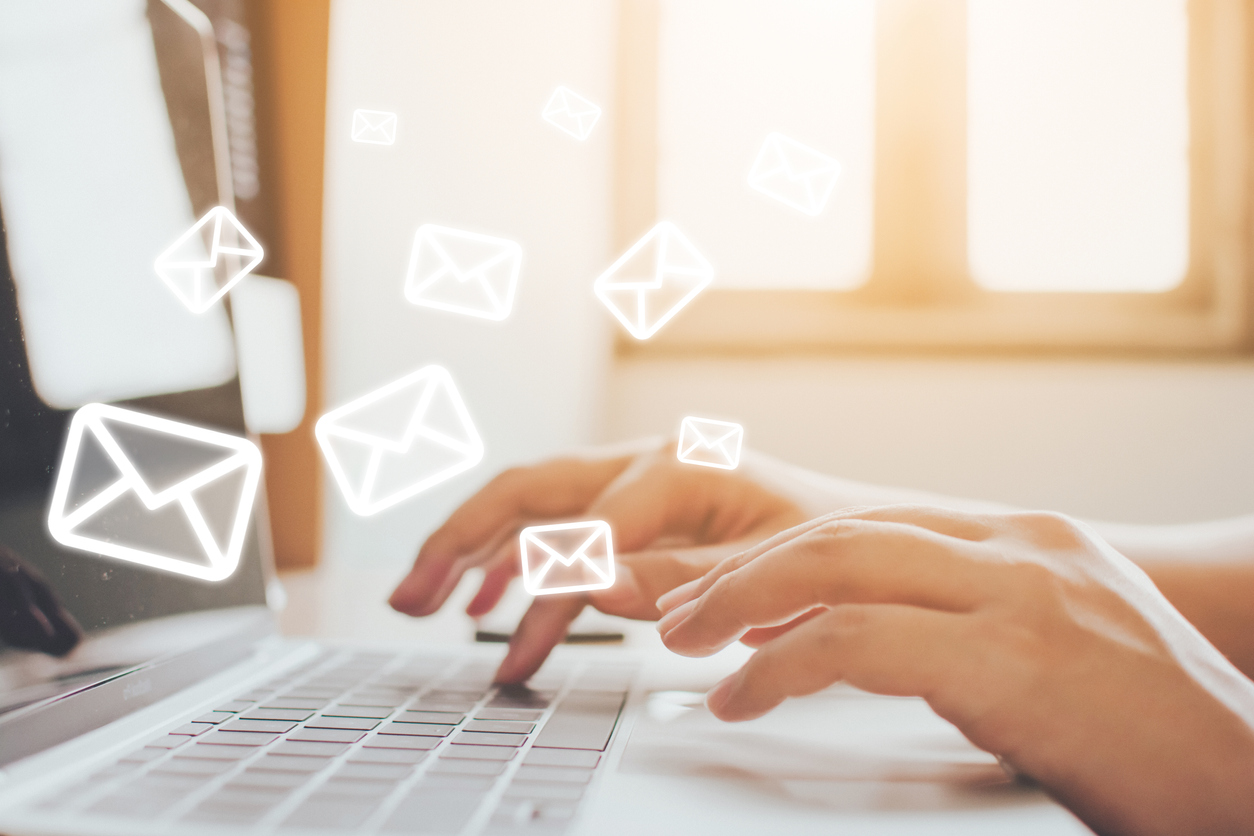
MMS Meaning Explained: Elevate Your Sales Strategy With MMS
 Updated on
Updated on
 By Bradley Kovacs
By Bradley Kovacs
Bradley Kovacs
Bradley has been passionate about technology since childhood, starting with Microsoft Flight Simulator at age six. In college, he automated his data e...
learn more
Bradley Kovacs
Bradley has been passionate about technology since childhood, starting with Microsoft Flight Simulator at age six. In college, he automated his data e...
Table of Contents
Table of Contents
The 90s were a wild time.
And that's not just because of the hair, fashion, and music.
Carphones and giant, grey brick-style cell phones were the norm for business people, and they actually used them to call people. Crazy, right? I mean, who actually calls people anymore?
For that short-lived time in the early 90s, our fingers didn't know the pain from constantly pounding on a tiny flip phone's keypad.
But text messaging quickly changed that.
Soon, everyone from teenage girls to seasoned businessmen would be frantically texting everyone they knew instead of dialing a number.
One thing's for sure: our fingers have never been the same, and neither has the way we've communicated.
Of course, when major shifts in the way everyone communicates occur, smart businesses are ready to take advantage of that by meeting customers where they are. In this case, that means texting customers instead of calling them.
But we now have two ways of texting, SMS (Short Message Service) and MMS (Multimedia Message Service). MMS is the newer technology of the two.
Let's get into the meat of it: you're here because you want to know more about MMS meaning, how it compares to regular old text messaging, and how adding messaging in general to your sales strategy can help you reach, engage, and entice your customers.
You likely also want to know if MMS and SMS are still relevant, with instant messaging technology like Facebook Messenger and WhatsApp out there as very popular communication tools.
To answer these questions and more, let's start off with MMS meaning, as it's typically less well-known when compared to SMS.
What is the Meaning of MMS?
The MMS abbreviation means "Multimedia Messaging Service", which is a fancy name for sending a text message with an image, video, or website link attached.
The 90s saw huge technological advances, like the first web browser, Windows 95 (which set the stage for the way we see Windows desktops today), and of course, the first text message to be sent from a cell phone (which happened in 1992).
It was that first text message (which was MERRY CHRISTMAS, by the way) that launched a revolution in the way we communicate with each other.
Since then, SMS has evolved from sending simple lines of text only to being able to include embedded (i.e. instantly shown) pictures, video, and more through MMS, providing a richer communication experience.
What are Common Use Cases for Sending MMS for Businesses?
There could be a variety of reasons why a business would opt to send an MMS to a customer or client rather than a regular SMS. Common scenarios could include:
- Sending a map location to a client to let them know where to go for a meeting
- Letting a customer know (through an image or emoji) about an upcoming deal or promotion that they should take advantage of
- Sending a customer details about event tickets, complete with an embedded image link to the ticket file itself, to make it easier to tap
MMS vs. SMS: What is the Difference?

Sending messages over a phone has gone through many evolutions since its introduction. We've gone from only being able to send a text to including images and video, so it's natural that as a professional, you'd have questions about this evolution and how it impacts your sales and marketing strategies.
Let's start by talking about the different text messaging technologies, SMS, and MMS.
SMS Technology Overview
Any time you send a 100% text-based message to someone using your phone's standard messaging app, you're sending an SMS. When you tap send on an SMS, your phone sends the message to a cellular tower (similar to a phone call), and the tech in the tower transmits that message to your friend. The cool thing about SMS is that it doesn't use data or the internet to send messages.
If you send a picture or video through SMS, then it'll appear as a link that the recipient will have to click to download in order for them to view. If you send a fancy or complex emoji through SMS, then it'll likely appear as code or symbols.
MMS Technology Overview
When you want to add a picture, video, or emoji to your message, then it's considered an MMS. Simple emojis like :) are still just text, but a fancier one like a hamburger 🍔 would be enough for your message to be an MMS.
When you send an MMS to a friend, the image, video, or emoji automatically appears in the message without you needing to click a link to download or view the media. This provides a richer communication experience when compared to regular SMS.
What's the difference between MMS and SMS?
The main differences between MMS and SMS fall into character limits, pricing, and whether media is embedded or displayed as a link to an external source to view it.
That being said, this table displays the more nuanced differences between MMS and SMS:
|
MMS |
SMS |
|
Supports images, video, GIFs, and more |
Supports text only |
|
Allows you to send up to 1600 characters in a single message |
Allows you to send up to 160 characters in a single message |
|
Typically has a data limit of around 3.75MB, but this can vary by the telecom carrier. |
Does not have a data limit (as messages are just text and therefore low data anyway) |
|
All multimedia, including emojis, images, videos, and GIFs appear instantly |
Any multimedia included in a message appears as a link, and emojis may appear as code or symbols |
From this table, one thing becomes extremely clear: MMS allows for more creativity and opportunity when it comes to business text messaging, but is it really the better choice? Let's continue to investigate by checking out the pros and cons of each.
MMS Use Cases for Sales and Marketing
Now that you're clear on MMS meaning and why it matters, let's dig into how businesses are using it to seriously boost sales and marketing efforts.
Visual Promotions (e.g., Real Estate Listings, Product Demos)
If a picture is worth a thousand words, an MMS is worth a thousand customers. In industries like real estate, auto sales, and eCommerce, sending images or short videos directly to potential buyers massively increases interest.
Imagine receiving a stunning property listing in your text inbox rather than clicking through clunky emails. That's convenient!
Whether it's a quick product demo, a sneak peek of a new release, or a showroom tour, using MMS gives your promotions an undeniable edge. So next time you're crafting a campaign, remember: MMS messaging means equal visual selling power.
Appointment Reminders With Maps/Images
We've all forgotten an appointment or two, but businesses sending reminders are seeing a 41% drop in no-shows, and an MMS can do just that!
Instead of a boring "Reminder: Your appointment is tomorrow," imagine receiving a reminder complete with:
- A photo of the office exterior
- A clickable Google Maps link
- An image of the service provider (hello, personal touch!)
You'd definitely be interested in attending that appointment.
Lead Nurturing With Branded Media
When nurturing leads, staying top-of-mind is everything, and an MMS text plays a big role here. Branded media like welcome videos, special promotions, and personalized thank-you messages sent through MMS can make prospects feel genuinely valued.
Think beyond static brochures: send an introductory video from your CEO, a behind-the-scenes look at your process, or an animated explainer. MMS lets you move past text walls and engage leads emotionally, which, according to research, boosts brand recall by up to 81%.
In lead nurturing, the full meaning of MMS is this: deeper connections, faster conversions.
Bulk Messages for Events or Announcements
Got a major product launch, open house, or flash sale coming up? Bulk MMS campaigns can deliver news in a way that's impossible to ignore. And bonus: they look good while doing it.
Plus, modern MMS platforms allow full campaign tracking, so you'll know exactly who engaged and when. This turns MMS meaning into big marketing wins very quickly.
Pros and Cons of MMS and SMS for Businesses

When you're thinking about incorporating MMS into your business's sales and marketing strategy, you're going to want to look at the pros and cons of this technology. After all, weighing the benefits and negatives of a business tool is just a smart idea when it comes to deciding when, where, and how to implement it properly.
At a high level, here are the main pros and cons of MMS:
|
MMS Pros |
MMS Cons |
|
Being able to embed multimedia to a text message opens up tons of opportunities to communicate with customers |
The cost of sending a single MMS is often higher than an SMS |
|
Allows you to send more information to a customer in one message |
Slower sending speed. |
Pros
- Higher Engagement Rates: Because visuals are processed faster and are generally more appealing, MMS messaging often translates to higher click-through rates and overall engagement compared to plain SMS.
- Rich Media Support: This is the core of the MMS full meaning advantage. You can send images, audio, and short videos, allowing for much more creative and informative communication than the text-only limitations of SMS.
- Better Brand Representation: MMS allows you to incorporate logos, branded images, and visually consistent content, strengthening your brand identity in a way that a simple text message can't.
Cons
- Higher Cost: Sending an MMS typically costs more than sending a standard SMS due to the larger file sizes and network resources involved. This is a key consideration for businesses with high-volume messaging needs.
- Not Supported on All Devices/Plans: While most modern smartphones support MMS, some older devices or basic mobile plans might not. This can lead to deliverability issues or a degraded experience for some recipients.
- Slower Send Speed: Due to the larger file sizes, MMS messages generally take longer to send and receive compared to the near-instant delivery of SMS. This might be a factor for time-sensitive communications.
As you can see, the main con behind MMS is the cost. Depending on the service you choose to handle your business's messaging, this could add a significant amount to your sales or marketing budget.
Are SMS and MMS Still Relevant vs. Instant Messaging?
You would be forgiven for thinking that maybe MMS and SMS are no longer relevant in a world filled with instant messaging applications. After all, WhatsApp, a popular instant messaging application, has seen huge growth since its inception, with literally billions of daily users.
But fear not, as text messaging is definitely not dead!
According to Statista, the number of text messages sent per day has grown exponentially over time. In addition, around 5 billion people send and receive text messages daily.
What these statistics show us is that texting is still a very viable platform for businesses to take advantage of, and definitely shouldn't be ignored. SMS marketing in general is an extremely valuable way to keep in touch with customers, convert prospects, and maintain and develop relationships with customers.
Short Comparison to WhatsApp, Facebook Messenger, etc.
Unlike app-based messaging, SMS and MMS don't require users to have a specific app installed or even an active internet connection to receive messages (though data is needed for sending/receiving MMS).
This ubiquity is a major strength. Moreover, businesses can leverage SMS and MMS for direct outreach without needing users to opt in to a specific platform's business account, offering a broader reach.
Why MMS Still Matters
Despite the popularity of instant messaging, MMS remains a crucial tool, especially in regulated industries like insurance. Here's why:
- Guaranteed Delivery and Reach: Many regulations (like HIPAA, GDPR, and various financial oversight laws) limit how businesses can communicate sensitive information. Messaging apps often store user data on external servers or require opt-in agreements that complicate compliance.
- Compliance and Audit Trails: Regulated industries often have strict requirements for record-keeping and communication. SMS and MMS provide a clear and auditable trail of communication that can be essential for compliance purposes.
- Accessibility for All Customers: Not all customers may have the latest smartphones or consistent internet access required for instant messaging apps. SMS and MMS ensure that businesses can reach a broader customer base, including those using feature phones.
- Enhanced Communication with Visuals: For insurance, MMS can be incredibly beneficial. Imagine sending a customer an image of the damage assessment form they need to fill out, a visual guide on filing a claim, or even a short video explaining a complex policy term. This visual clarity can significantly improve customer understanding and reduce errors.
5 Powerful Ways MMS Enhances Your Sales Strategy

Staying one step ahead when it comes to sales and marketing is one way to ensure you'll never fall behind the trends. With online shopping becoming more and more prevalent, retail giants like Amazon have changed the game when it comes to reaching customers by offering more personalized shopping experiences.
With personalization now dominating the expected customer experience, it's no longer an option to ignore technologies like SMS and MMS for keeping customers involved with every step of the sales process.
Here are 5 ways that understanding SMS and MMS meaning can elevate your sales and marketing strategies to be more focused on personalization:
1. Capture Attention with Branded Visuals
First impressions matter—a lot. Studies show that visual content is processed 60,000 times faster than text. That means when you send an MMS with your logo, brand colors, and eye-catching imagery, you hook your audience before they even blink.
Whether it's a beautiful banner announcing a sale or a slick visual highlighting your value proposition, MMS lets your brand pop instantly. Here, the meaning of MMS is simple: branded visibility that sticks.
2. Send Quick Product/Service Previews
Got a hot new product or service? Don't just describe it, show it! With MMS messaging in action, you can send mini product demos, quick tutorial clips, or flashy new product photos straight to your prospects' phones.
Research shows that interactive video previews increase conversion rates by up to 70%. And MMS makes it frictionless: no YouTube links, no app downloads—just direct, engaging content that builds excitement right away.
3. Nurture Cold Leads with Personalized Content
Leads who've gone cold aren't lost—they're just waiting for a reason to re-engage. A personalized MMS can do just that. Whether it's a "We Miss You!" message with a special offer image or a personalized video greeting, rich media shows you're making an effort, and that effort matters.
In fact, businesses that use personalization in messaging see an average 10 -15% lift in sales opportunities. This is where the full meaning of MMS truly shines: creating emotional, human connections that revive stalled conversations.
4. Showcase Social Proof (Testimonials, Reviews)
Nothing builds trust like seeing real people vouch for your brand. MMS lets you deliver authentic testimonials, customer review snapshots, or short customer interview clips directly to prospects' inboxes.
Need convincing? According to research, 85% of people trust user reviews as much as personal recommendations. Sending this social proof via MMS is like handing your best references right to your customer, in full color, no extra clicks required.
5. Improve Conversion with Media-Rich Follow-Ups
Most sales don't happen on the first try, they happen in the follow-up. And yet, most follow-up drip messages are plain, boring, and easy to ignore.
Why not use MMS text meaning to your advantage? A follow-up with a quick video reminder, a visual checklist, or a thank-you image keeps your brand top-of-mind in a way plain SMS texting simply can't.
Conclusion
It's hard to imagine what the world would be like today without the technology that we use constantly in our work and personal lives. As the way we communicate and connect with each other continues to evolve over time, so will our business strategies.
If you haven't considered implementing messaging into your business's sales and marketing automation strategies, then you're definitely missing out on a big opportunity to connect, convert, and grow your customer base.
Want to learn more about how Ringy can help you on your journey into business messaging? Schedule a demo with us today and we'll walk you through our software.

Skyrocket your sales with the CRM that does it all.
Calling? Check. SMS? Check. Automation and AI? Check. Effortlessly keep in touch with your customers and boost your revenue without limits.

Take your sales to new heights with Ringy.
Sales in a slump? Ringy gives you the tools and flexibility you need to capture leads, engage with them, and turn them into customers.
Subscribe to Our Blog
Enter your email to get the latest updates sent straight to your inbox!
Categories
Related Articles







